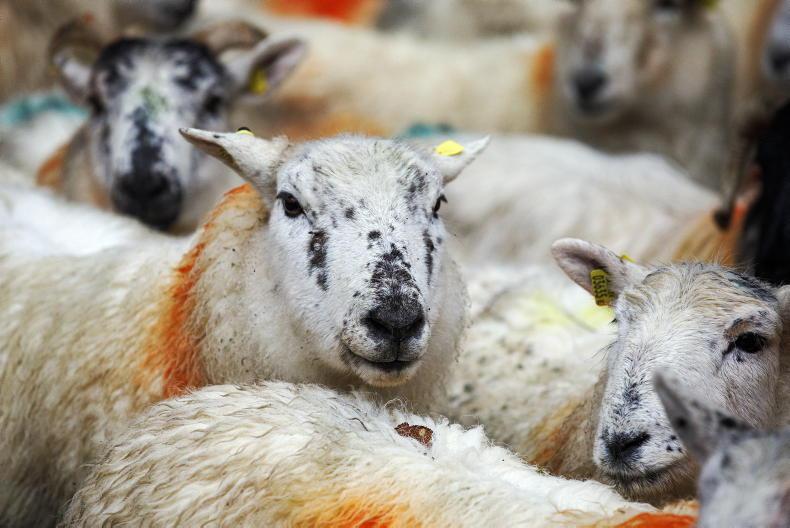This week’s sheep management notes touched on the potential of a higher incidence of issues with liver fluke in the coming months.
Product selection and strategic grazing of swards with a history of higher liver fluke burdens will be vital over the coming months to ensure optimum control.
Unfortunately, many of the treatments administered at this time of year are close to worthless where products selected target only the mature stages of the liver fluke life cycle, when the greatest threat in October and November is from the early immature and immature stages.
Acute liver fluke
Acute liver fluke caused by the ingestion of large numbers of early immature larvae poses the greatest risk from September through to December.
This will transition to sub-acute fluke over the immediate months ahead and it is common place for acute fluke and subacute fluke to present a challenge at the same time.
Therefore, it is important during this time frame that products are used that at least cover immature and mature fluke stages of the life cycle.
Trichlabendazole products are the obvious choice, as they cover all stages, but some producers have resistance issues and therefore caution may need to be exercised.
Using products that target only mature liver fluke stages during this time frame leaves sheep heavily exposed.
Closantel and rafoxanide products target mature and immature flukicide, while nitroxynil is the active ingredient in Trodax which was taken off the market a couple of years ago and has been replaced by Fascionix 34%, which is a similar product.
The use of oxyclozanide-based products is generally advised against for fluke, on the premise that it is the only ingredient class which has been shown to be effective against rumen fluke and therefore there is an appetite at industry level to protect its use for this cause.
Accidental or convenient treatment
In many cases at this time of year, sheep are incorrectly treated for worms and fluke as a consequence of combination worm and flukicide products being used.
This is due to a number of combination products which are common among farmers containing a flukicide that only targets mature liver fluke.
The same can be said of injectables being used for external parasite control, with such products often possessing a treatment claim for worms and mature liver fluke.
This approach is also increasing the rate at which anthelmintic resistance is developing in worms, with no need to treat healthy mature sheep without a demonstrated need (eg haemonchus contortus or barbers pole worm).
The threat of worms is also reported to remain high, given the higher than normal temperatures and it is important that regular faecal egg count analysis continues to identify potential issues.






 This is a subscriber-only article
This is a subscriber-only article










SHARING OPTIONS: